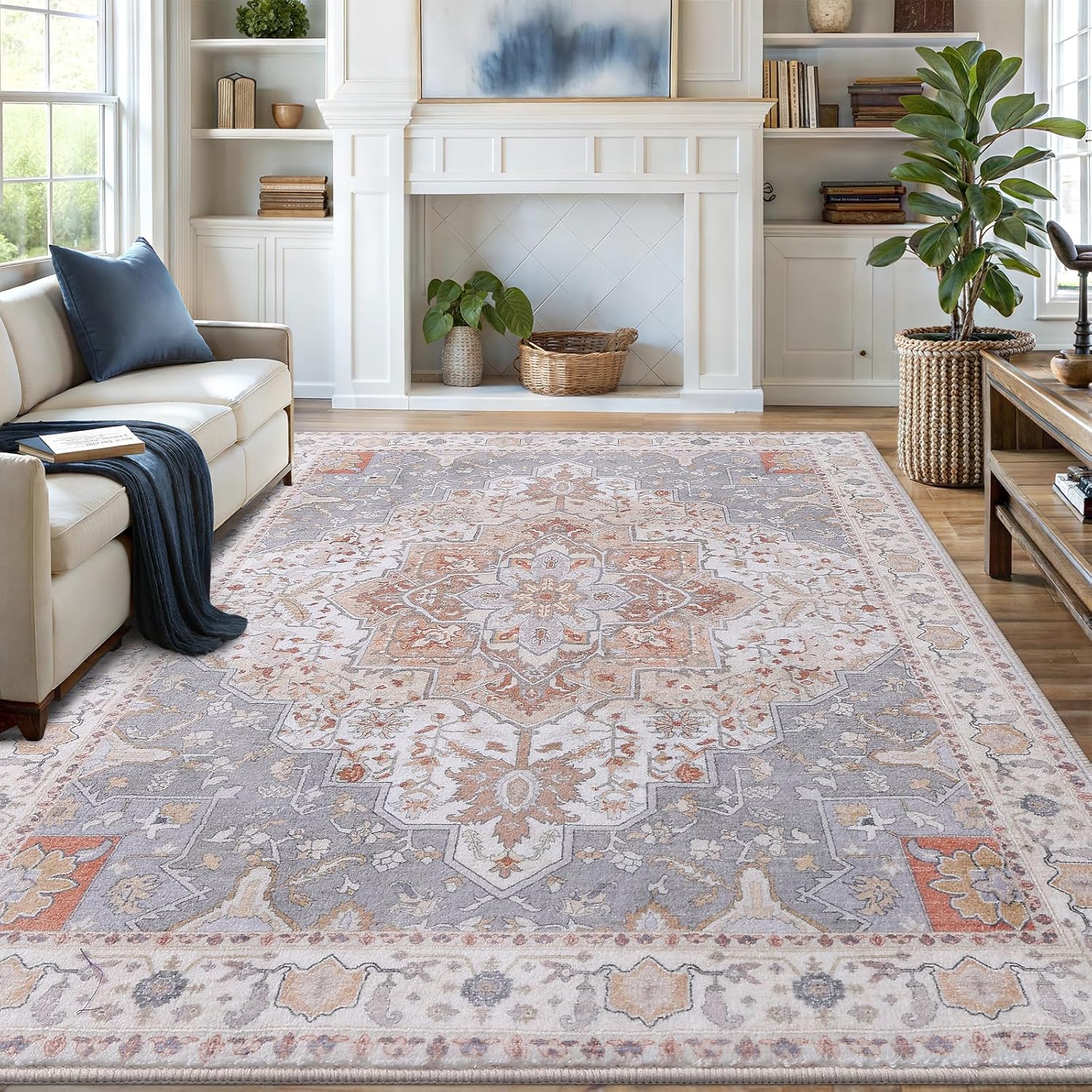To remove stains from linoleum floors, use a mixture of warm water and mild dish soap, scrub gently with a soft cloth, then rinse and dry thoroughly.
Linoleum floors are durable, affordable, and easy to maintain. But stubborn stains from grease, ink, or pet accidents can be tricky. With the right techniques, you can restore your linoleum’s shine without damaging it.

Essential Tools for Linoleum Stain Removal
Before tackling stains, gather these supplies:
- Microfiber cloths
- Soft-bristle scrub brush
- White vinegar
- Baking soda
- Mild dish soap
- Hydrogen peroxide (for tough stains)
- Steam mop (optional)
For regular maintenance, consider proper floor care techniques to prevent stains before they happen.

Step-by-Step Stain Removal Methods
1. Vinegar and Baking Soda Solution
This natural combo works on most stains:
- Saturate stain with white vinegar
- Let sit for 30 minutes
- Sprinkle baking soda over the area
- Gently scrub with soft brush
- Rinse with warm water
2. Dish Soap Method for Grease Stains
Grease requires extra attention:
| Step | Action |
|---|---|
| 1 | Mix 1 tsp dish soap with 1 cup warm water |
| 2 | Apply to stain and let sit 15 minutes |
| 3 | Gently scrub in circular motions |
| 4 | Rinse thoroughly |
3. Hydrogen Peroxide for Tough Stains
For deep-set stains:
- Test on inconspicuous area first
- Apply 3% hydrogen peroxide
- Let sit 5-10 minutes
- Wipe clean with damp cloth
Special Case Stain Solutions
Pet Stains
For urine or vomit stains:
- Blot up excess liquid
- Mix 1/4 cup vinegar with 1 quart water
- Apply solution and let sit 10 minutes
- Rinse and dry completely
For more pet cleaning tips, see our guide on removing pet stains from linoleum.
Ink and Dye Stains
Try these steps:
- Apply rubbing alcohol to cotton ball
- Dab stain gently (don’t rub)
- Rinse with water immediately
- Repeat if necessary
Preventing Future Stains
Protect your linoleum with these tips:
- Wipe spills immediately
- Use floor mats in high-traffic areas
- Sweep or vacuum regularly
- Avoid harsh cleaners like bleach
- Apply floor wax every 6-12 months
According to cleaning experts, regular maintenance is key to keeping linoleum looking its best.
When to Call a Professional
Consider professional help for:
- Deep scratches or gouges
- Stains that won’t budge after multiple attempts
- Discoloration over large areas
- Signs of water damage or warping
For related floor care advice, check out our article on maintaining different floor types.

